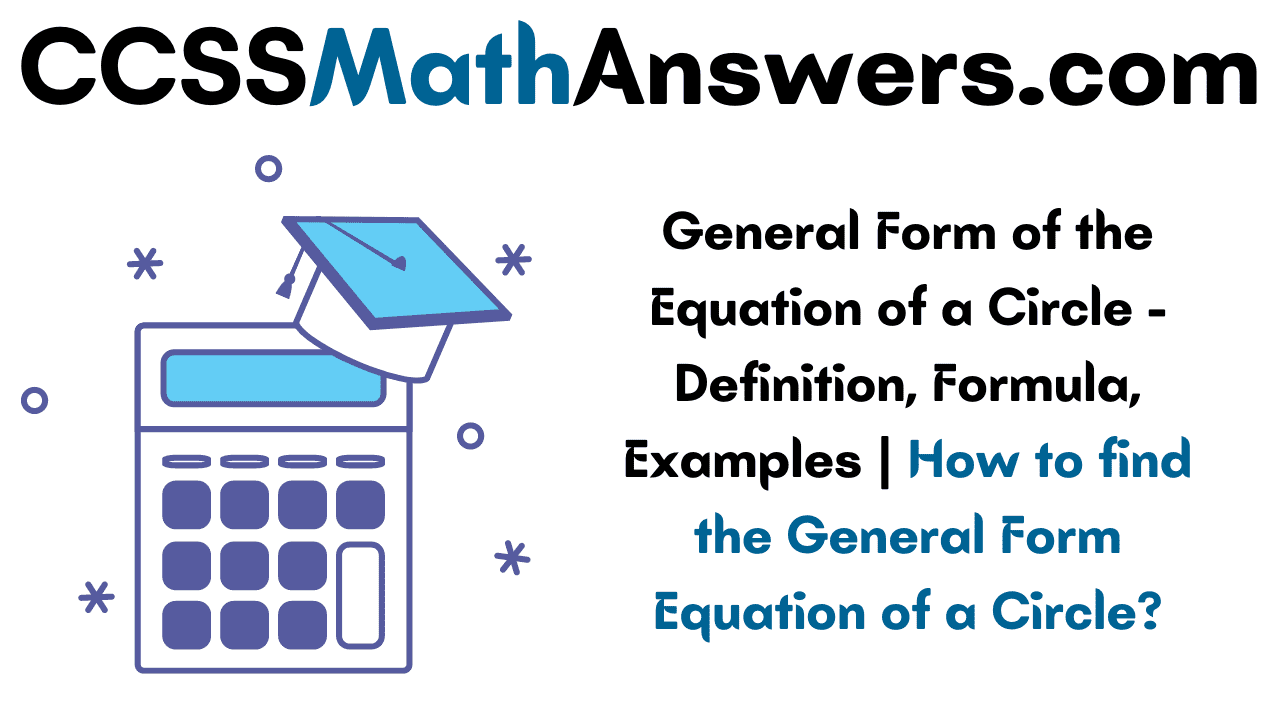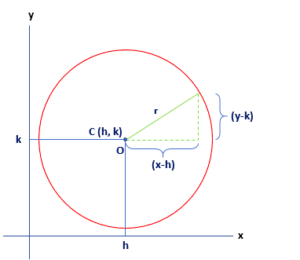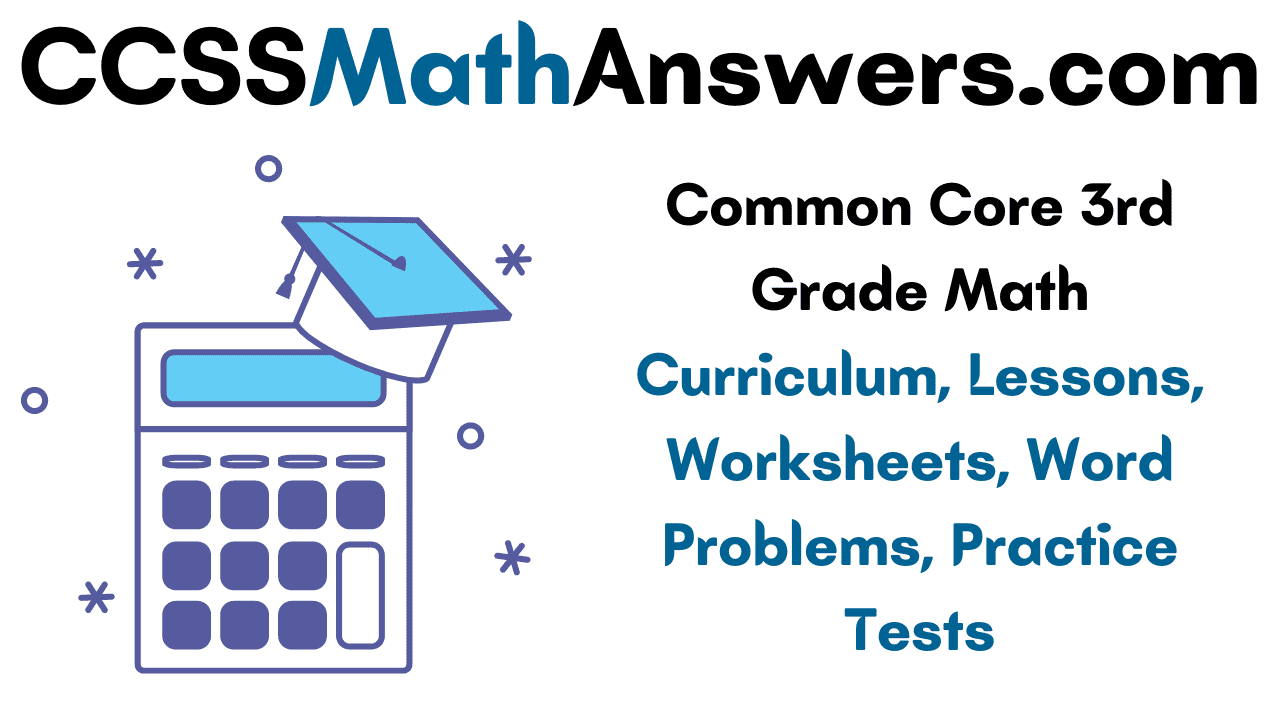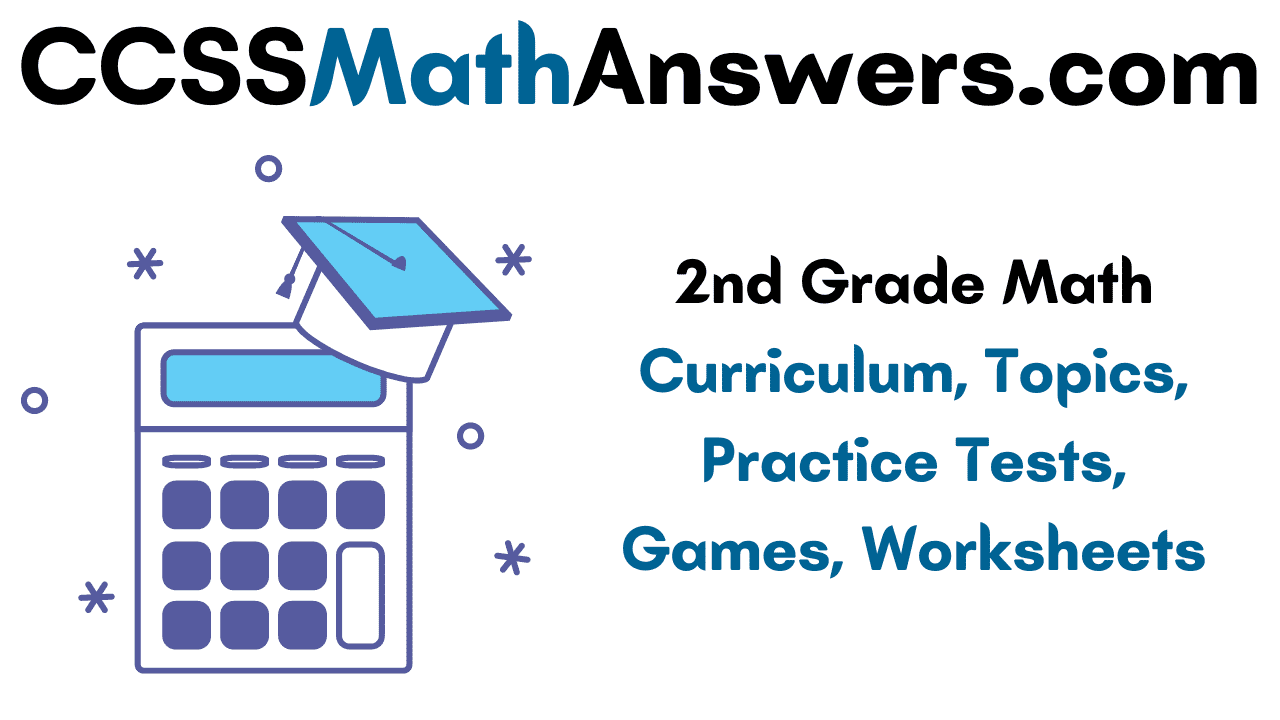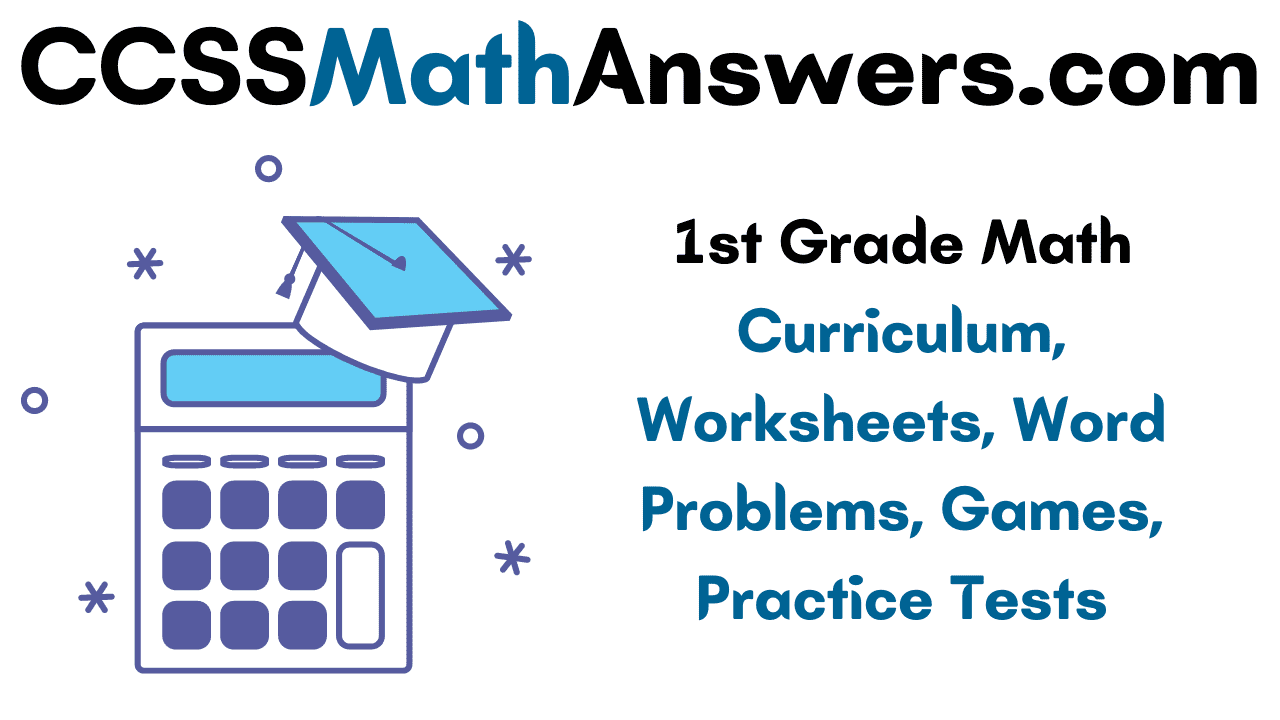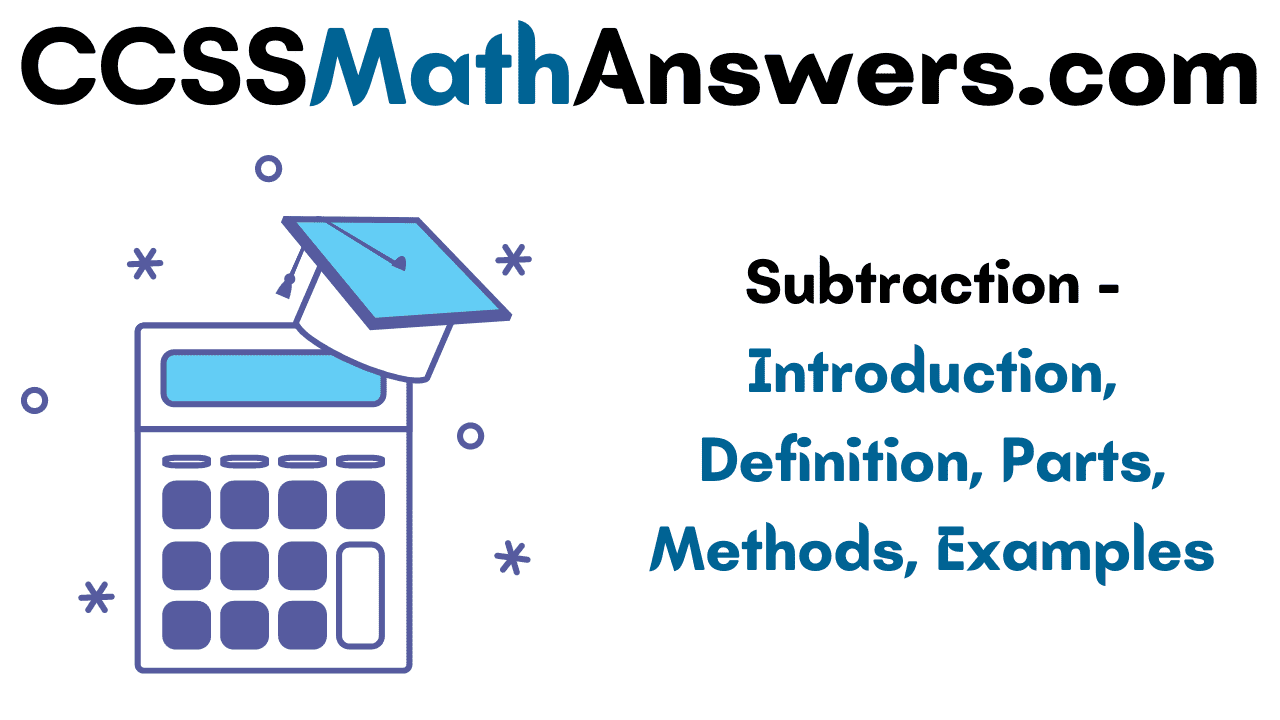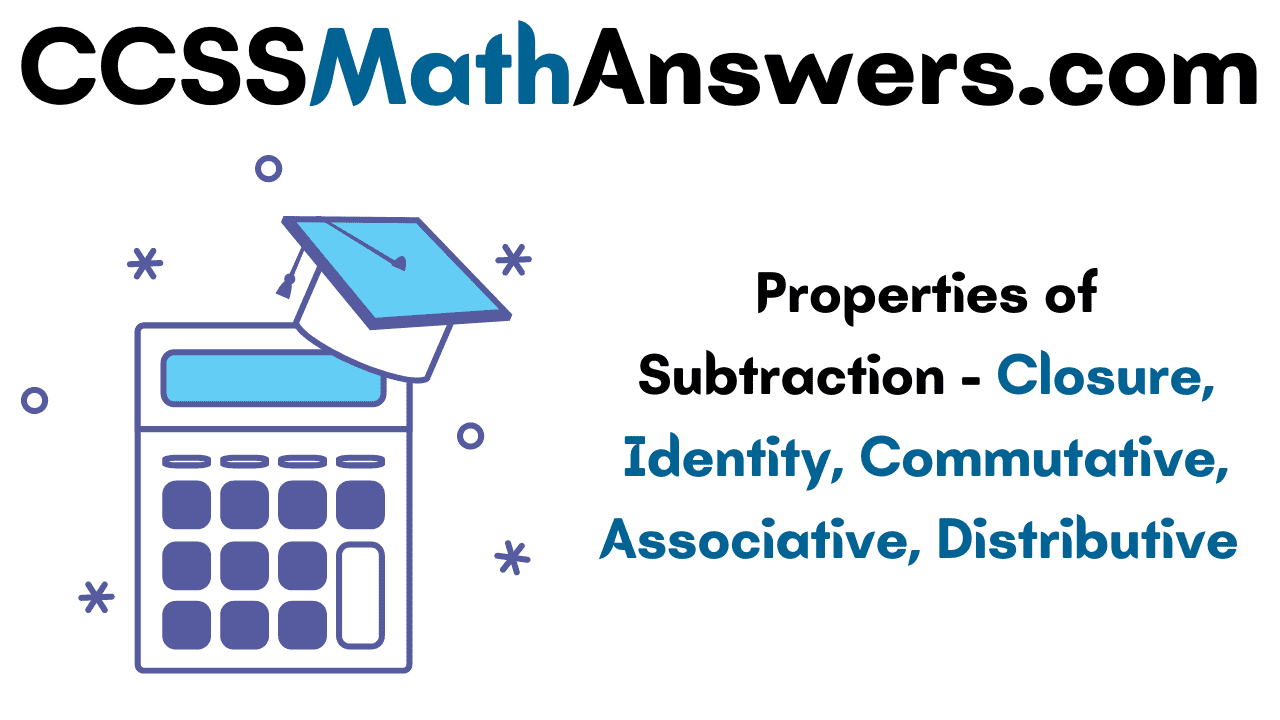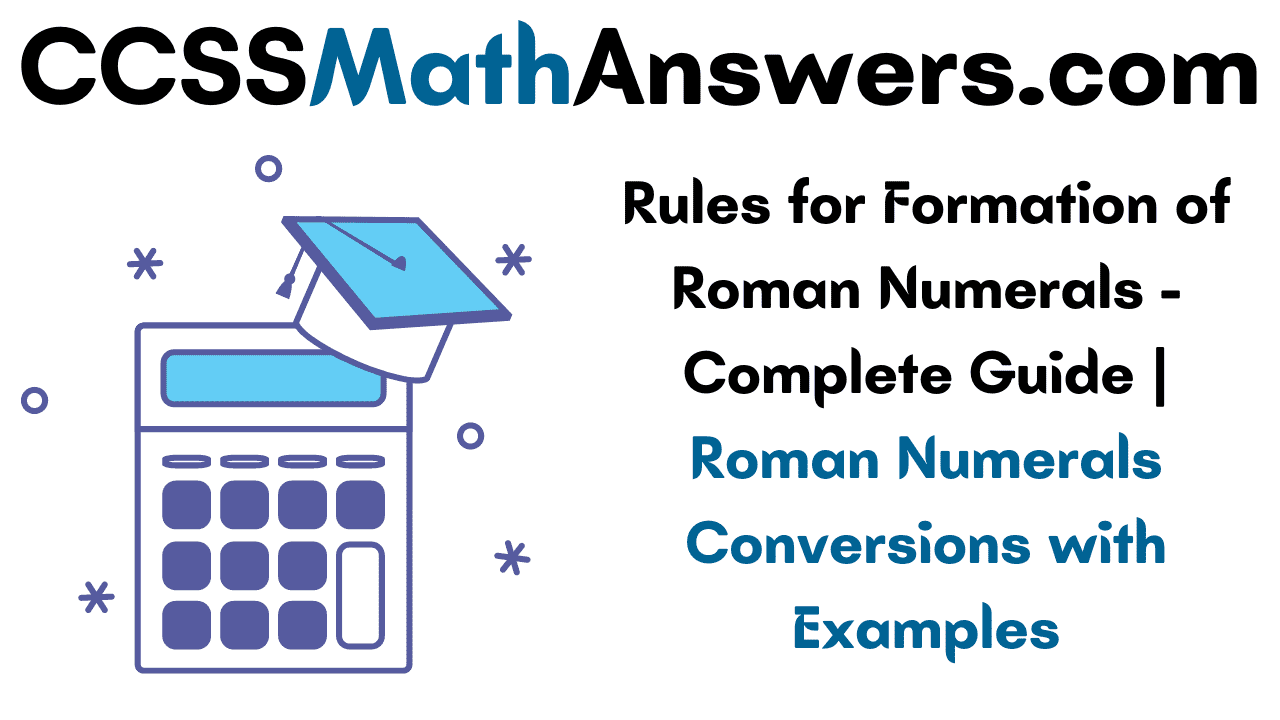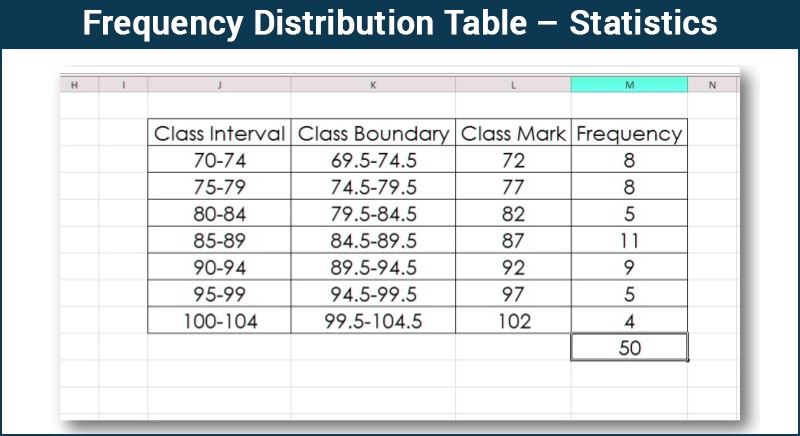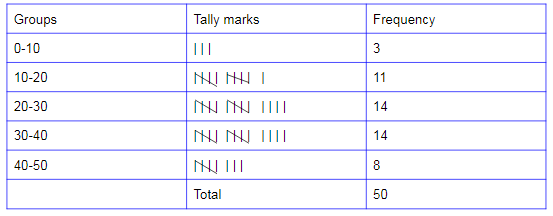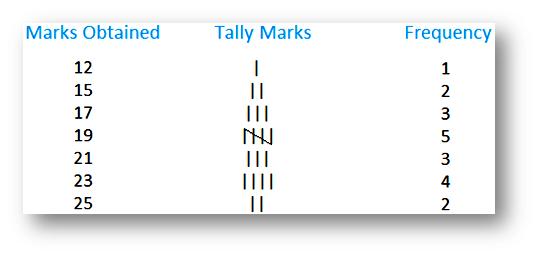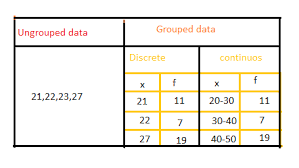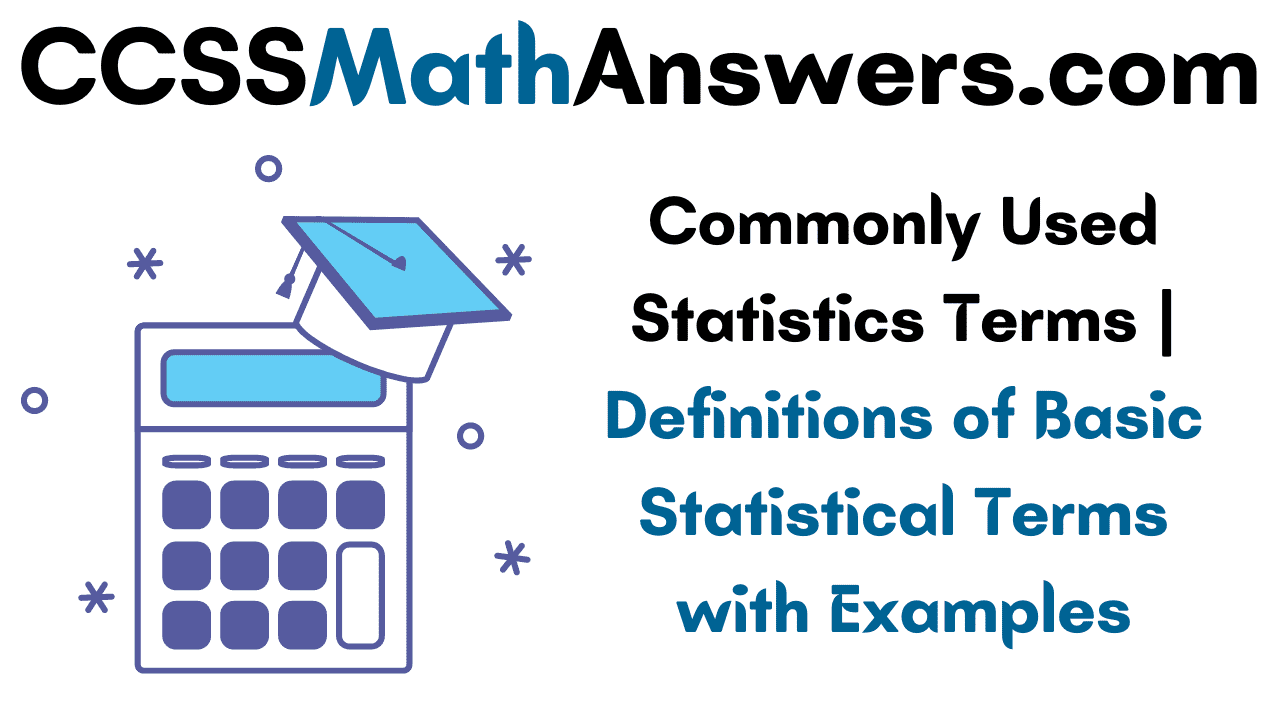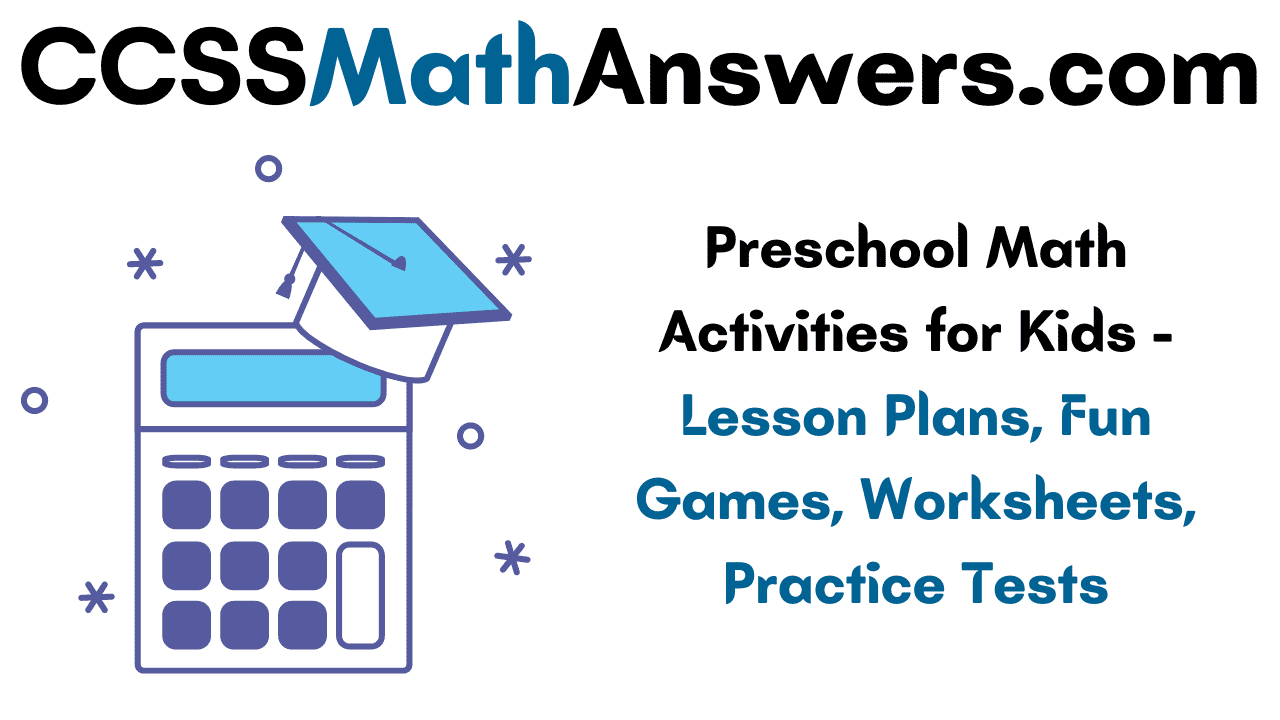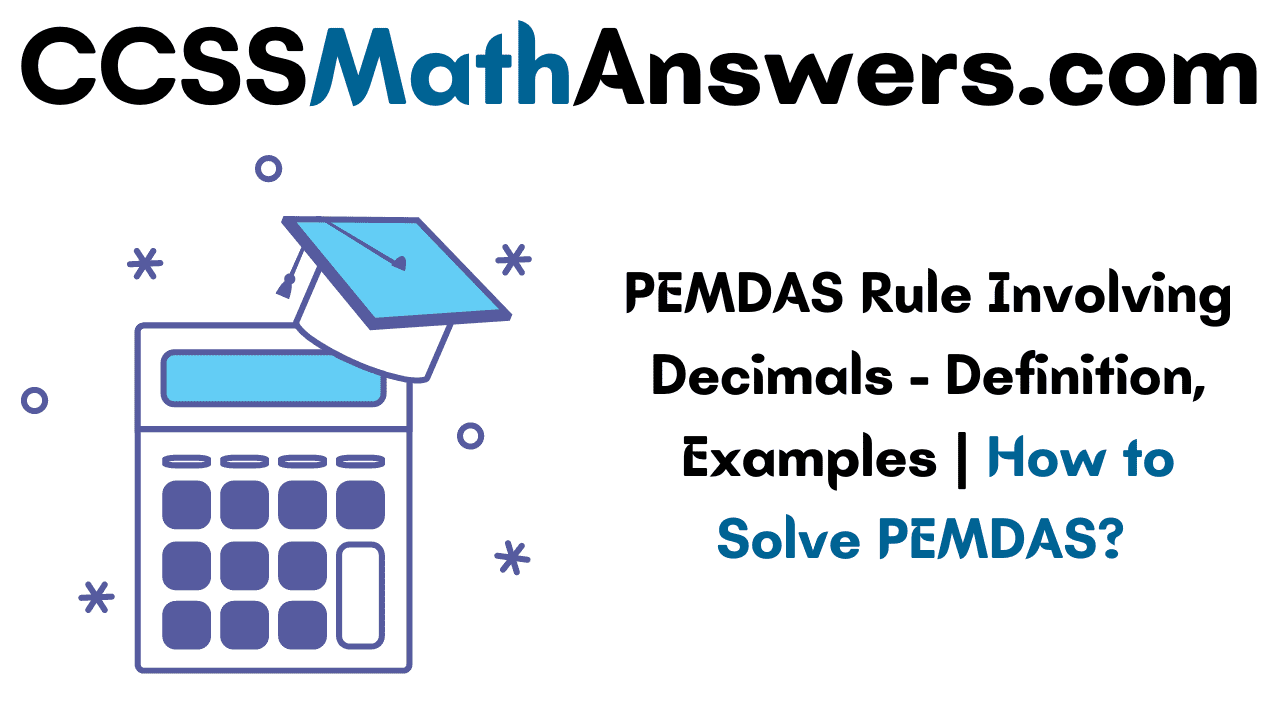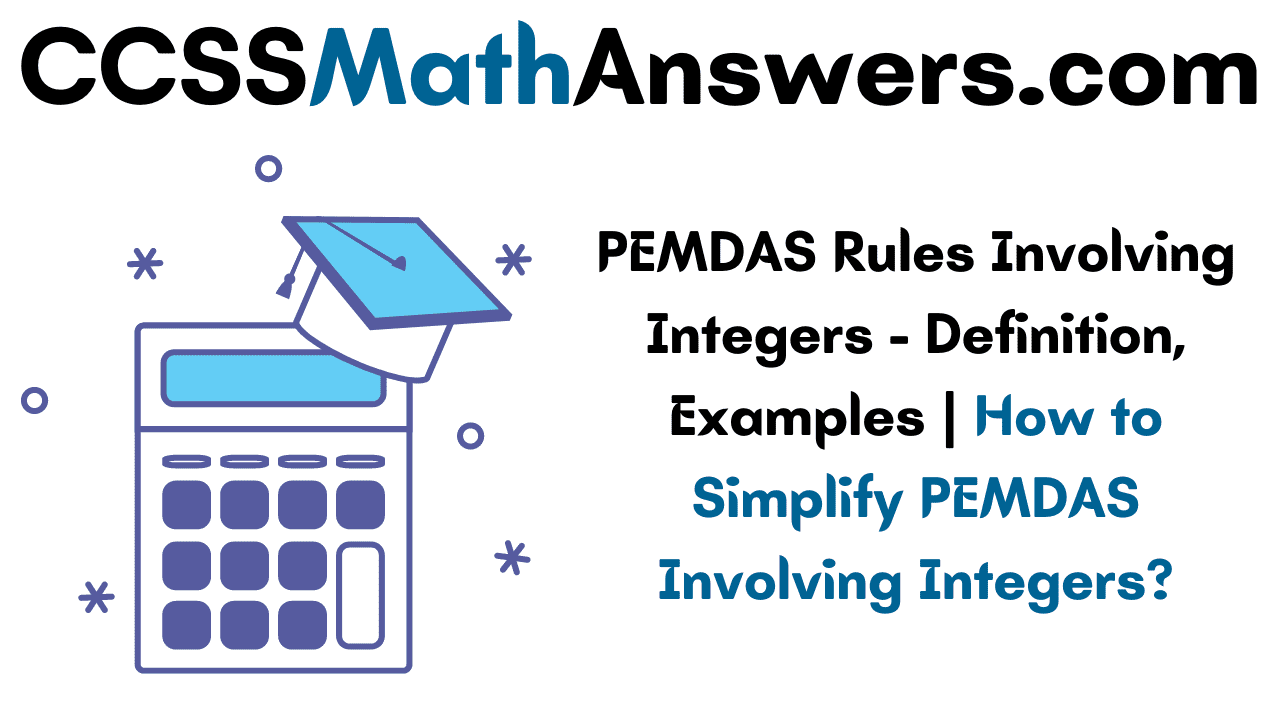Sets are a collection of organized objects. It can be represented using either roster or set-builder form. Students can read the further sections of this page to know the complete details like the definition, types, symbols, elements, and how to represent the sets. Few examples of sets are a collection of numbers, a list of fruits, a group of friends, and others.
Sets Definition
Sets are a collection of well-defined elements or objects. A set is represented by capital alphabets. The number of elements in a finite set is called the cardinal number of a set. The elements in the sets are separated by a comma.
Example:
A = {0, 1, 2, 3, 4, 5, . . .}
Here A is a set.
The elements or members of the set are 0, 1, 2, 3, . . .
The set of elements are here are whole numbers.
Representation of Sets
Generally, the elements of sets are enclosed by curly braces. Examples are {x, y, z}, {grapes, bananas, apples, oranges}. The sets can be represented in roster form or set builder form or statement form.
Statement Form:
The well-defined description of elements of a set is written and enclosed in the curly brackets. The set of odd numbers between 20 and 100 can be written in the statement form as {odd numbers between 20 and 100}.
Roster Form:
The roster form means all the members of the set are listed. The set of whole numbers is W = {0, 1, 2, 3, . . }
Set Builder Form:
The general form of set builder form is A = { x : property }. The example is A = {x : x = 5n, n ∈ N and 1 < n < 50}
Elements of a Set
The elements of a set mean the numbers or alphabets or objects in the set. The number of objects or items in a set is called the order of the set. The order of the set defines the set size. It is also known as cardinality.
Let us take a set M = {5, 8, 9, 15}
The elements of a set are 5, 8, 9 and 15.
As the set M has 4 elements, the size order of M is 4.
Types of Sets
In mathematics, the different types of sets are listed here.
Empty Set: A set that does not have elements in it is called an empty or null or void set. It is denoted by Ø or { }.
Finite Set: One which has a finite number of elements is called a finite set. An example is a set of natural numbers up to 6. A = {1, 2, 3, 4, 5, 6}
Singleton Set: One which has only one element is called a singleton set.
Equivalent Set: If two different sets have the same number of elements, then they are called equivalent sets.
Infinite Set: One which has an infinite number of elements is called an infinite set. Example is A = {5, 10, 15, . . .}
Equal Sets: If two sets have exactly the same elements irrespective of the elements order is called the equal sets. A = {Red, Green, Yellow, Orange}, B = {Green, Orange, Yellow, Red}. So, A = B.
Disjoint Sets: If two sets are disjoint, then they should not have common elements between them. Example is A = {2, 4, 6}, B = {1, 3, 5} are disjoint sets.
Subsets: Set A is the subset of set B means every element of A is also an element of B. It is denoted as A⊆ B.
Superset: If set X is a subset of another set Y and all the elements of set Y are the elements of set X, then X is a superset of Y. Superset can be represented as X⊃Y.
Proper Subset: If A ⊆ B and A ≠ B, then A is called the proper subset of B and it can be written as A⊂B.
Universal Set: One set which has all sets relevant to a condition is called a universal set.
Also, Read:
| Basic Concepts of Sets | Subsets of a Given Set | Subsets |
| Intersection of Sets | Different Notations in Sets | Union of Sets |
Sets Formulas
Check out the most important and commonly used Sets Formula from the below table. Use them during your calculations and make your work much simple.
| For any three sets A, B, and C |
| n ( A ∪ B ) = n(A) + n(B) – n ( A ∩ B) |
| If A ∩ B = ∅, then n ( A ∪ B ) = n(A) + n(B) |
| n( B – A) + n( A ∩ B ) = n(B) |
| n( A – B) + n( A ∩ B ) = n(A) |
| n( A – B) + n ( A ∩ B) + n( B – A) = n ( A ∪ B ) |
| n ( A ∪ B ∪ C ) = n(A) + n(B) + n(C) – n ( A ∩ B) – n ( B ∩ C) – n ( C ∩ A) + n ( A ∩ B ∩ C) |
Frequently Asked Questions on Sets
1. What is a set and example?
In mathematics, a set is a collection of objects, items, or elements. The set of all-natural numbers is an infinite set. The example of set is A = {5, 6, 8, 10}.
2. What are the different types of sets?
The sets are classified into various types. They are universal set, subset, proper subset, superset, equal sets, finite set, infinite set, disjoint sets, equivalent sets, empty set, and singleton set.
3. Why do we use sets?
Sets allow us to treat a collection of mathematical objects as an object. With the sets, you can develop further objects like constructing a continuous function.
4. What is the notation of a set?
We can represent sets in two forms roster form or set builder form. These two forms use curly braces to represent elements. The roster form is S = {a, b, c, d, e}, set builder form is S = {x : x +5n, n∈ N and 1 ≤ n ≤ 4}.


